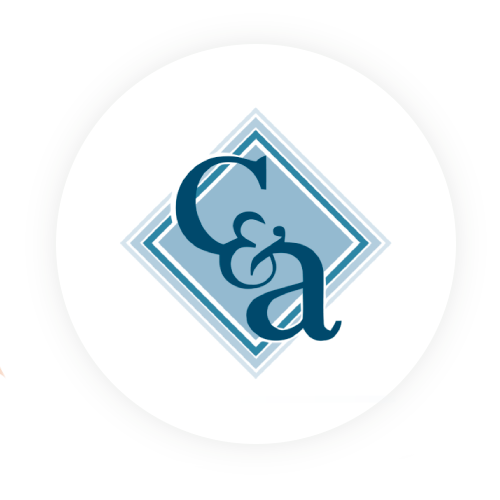Why are medical record reviews important?
Medical record reviews are important in healthcare because they allow the healthcare team to evaluate the care they provide to their patients and develop an appropriate treatment plan. In addition, hospitals are able to identify instances of harm to patients, ensure quality improvement, and thereby enhance patient safety. Finally, medical records reviews are a necessary evil when talking about regulatory compliance.
When auditing medical records, it is often easier to start at the beginning of the patient's stay and follow their stay through to discharge. Here is how I review medical records during mock surveys, starting with admission and ending with discharge, keeping in mind what is required by the regulatory bodies.
Flow through your medical audits with ease. Here we go!
- Ensure that the General Admission Consent to Treat is signed, dated, timed, and witnessed.
- Advanced directives are present, or the patient was offered the opportunity to complete or take information with them.
- Evidence that the patient was asked about notifying family and physician about inpatient admission.
- Is there evidence that the patient received or was offered a copy of the Patient Bill of Rights?
- Power of Attorney is present in the medical record, if applicable.
- Review for completeness of the admission assessment within the organization’s prescribed timeframe and inclusive of the following:
- Pain assessment
- Nutrition and food assessment
- Risk of Fall assessment
- Suicide risk assessment
- Abuse and neglect assessment
- Psychosocial assessment
- History and physical are completed within 24 hours of admission.
- Physician Progress Notes are signed, dated, and timed.
- The written plan of care is based on the patient’s goals and the anticipated time, care settings, and services required to meet those goals.
- All departments providing care to the patient are to document care provided in the notes and on the plan of care.
- Ensure that medication orders are complete. Check for therapeutic duplication. Allergies are present. There is a pain score, and reassessment is documented for pain medications per the organization's policy. Titrated medications follow the order/parameters and are documented correctly. Medication reconciliation is documented.
- Nursing documentation reflects what is going on with the patient. Change in patient condition is noted in the nursing notes and on the plan of care. Physician notification is documented.
- History and physical are updated prior to surgery.
- Anesthesia evaluation 48 hours prior to surgery, if able.
- Surgical and anesthesia consent is signed, dated, timed, and witnessed prior to surgery.
- Immediate post-operative note prior to transfer to the post-anesthesia care unit.
- Operative reports are complete with all the elements required.
- Time out is documented. (Time out occurs immediately prior to the incision).
- Post-anesthesia evaluation no later than 48 hours after surgery or anesthesia,
- Anesthesia assessments are performed prior to surgery with ASA and airway assessment noted.
- Transplanted tissue, bone, etc., are documented for bi-directional tracing in the event of an adverse event.
- Restraints/Seclusion are documented per the organization's policy.
- Quantitative test result reports in the medical record for waived testing are accompanied by reference intervals (normal values) specific to the test method used and the population served.
- All education provided to the patient and their understanding of the education is documented.
- Use of the language line/interpreter is to be documented by all staff/physicians whenever it is used.
- Discharge planning evaluation is documented and reassessed as needed.
- All entries must be legible.
- All entries are dated, timed, and authenticated.
- Verbal orders are only utilized in an emergency.
- Telephone orders are signed per the organization's policy.
In summary, highlighted are those items cited in mock surveys from our consulting team. The consultant team encourages all organizations to conduct ongoing medical record audits at the point of care, based on the following indicators: presence, timeliness, legibility (whether handwritten or printed), accuracy, authentication, and completeness of data and information. This is what the regulatory agencies are looking for when they are surveying. By doing so, this documentation ensures that the care provided to your patients is based on the assessment of the individual patient and their plan of care, is in line with the physician’s orders and treatment provided, follows the organization’s policies, procedures, and bylaws and meets the regulatory agencies requirements that ensure safe quality patient care.
So, please take this list of medical record audit items and get started today!
References
- What is the Importance of a Medical Record Review? Why Do Healthcare-Related Lawsuits Need Them? by Rajeev Rajagopal, Jan 17, 2024, Medical Record Review.
- Survey Activity Guide, TJC 2024
- TJC Comprehensive Accreditation Manual for Hospitals 2024
- CMS SOM April 2024
For questions or to learn more contact the C&A team at 704-573-4535 or email us at info@courtemanche-assocs.com.


Hi,
It’s been really a nice and interesting piece of content to read and hats off to your collection related to the affordable demand letter writing service.
Thanks for sharing such stuff with us.
We are also provide services and blogs related to medical chronology services,virtual paralegal services,legal process outsourcing,medical Legal Outsourcing Services and etc.